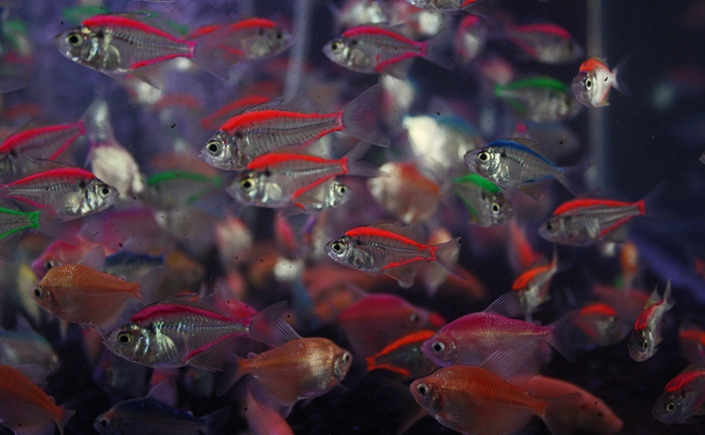I’m my own worst enemy when it comes to staying focused. On bad days it’s like I almost invite every possible form of distraction to come my way. I purposely go on facebook every other moment, I counter attack my rational mind that tells me not to press on that link and get back to the task on my list. And as my day passes I get more and more dissatisfied with myself and my lack of self-discipline.
Being self-employed and having chosen a lifestyle, where I don’t wish or need to work fulltime, I potentially have time for many other activities than my work. However, if I let myself get distracted constantly then my work hours are stretched, and I end up sitting the whole day in front of my laptop instead of just the hours that I am actually working. It is utterly dissatisfying, and I really don’t have anyone to blame but myself.
Recently I have tried to work consciously to change these patterns of self-sabotage and the main thing I have worked on is my own approach and mindset:
I found that the core thing is to consciously make a decision to stick with the schedule that I set up for my day – to really commit to stay away from distractions (easier said than done!). I need to tap into a deeper level of awareness so that whenever I see myself being pulled by an impulse or urge to look something up, text a friend, watch that youtube clip someone sent me etc., I don’t follow that urge. Instead I notice it and write it down on a piece of paper (if it’s something I actually want to do later), and then the impulse slowly fades away since I don’t act upon it. Cultivating such discipline and self-awareness is really the key element to staying focused and not letting just any kind of desire lead you.
In the practice of eliminating distractions and cultivating focus I found four things that helped me as well:
Putting the phone on airplane mode
My main distractions come from the internet – and especially from my smartphone, since I don’t get email notifications, messages or alerts on my laptop. By putting the phone on airplane mode I can to limit the noise that interrupts me while working.
Setting the timer
I set the timer to 25 minutes and commit to work on my tasks for that amount of time. It is much easier to commit for a short time like that than to set yourself up to not getting distracted for – say – 4 hours.
 Making clear distinctions between work-mode and break-mode
Making clear distinctions between work-mode and break-mode
The brain needs breaks to be able to work well. On bad days my breaks just consist on reading something random on the internet. I make an effort to intentionally do something completely different in even a 5-minute break. I play a song aloud and sing along, I go out on the balcony and breathe deeply, I shake my body or go for a short walk around the house enjoying the air and sounds of the world.
Breaking the day into shorter slots
If I have a long work day ahead, and I haven’t scheduled in any other activities, the outlook of almost unlimited time makes me more prone to invite distractions into the day. If I make sure to change locations during the day, go out for lunch, schedule an appointment or skype meeting in the middle of the day, then I am more motivated to stay focused.
How do you practice the challenging art of eliminating distractions?


